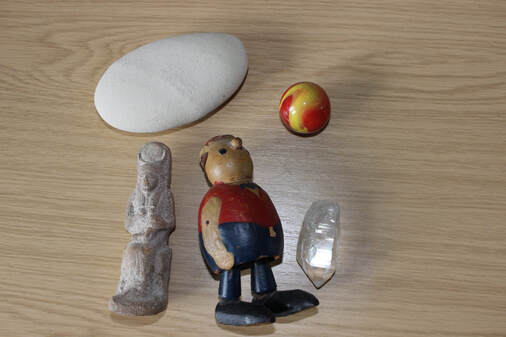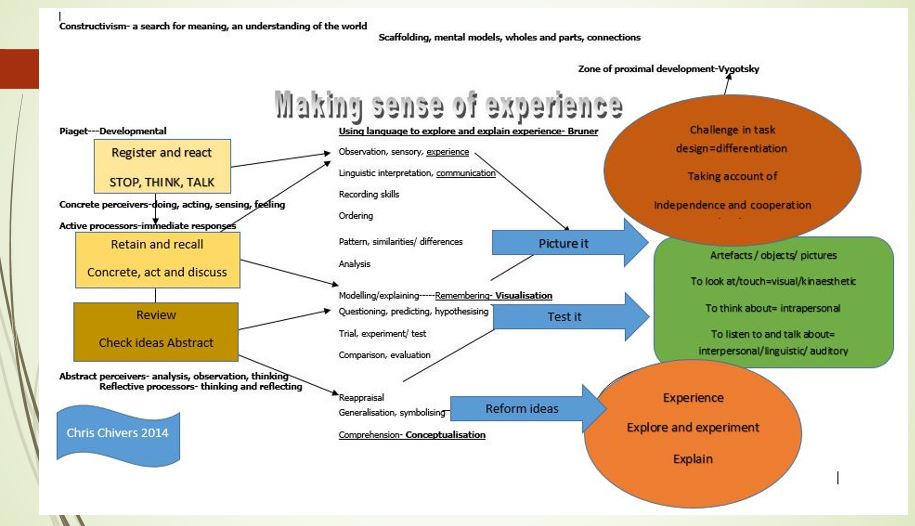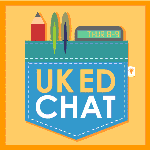In addition, around the house are other things, more purposeful things, that make life easier. These are functional things.
The thing that all these things have in common is that they have names, words that might describe their function; chair, table, knife, forks.
There are similarities between things; there are several different chairs and tables around the house, each having a different function. On some chairs, we sit and eat at the dining table, on others resting in the lounge, the deckchair allows rest in the garden. But they are all chairs, objects that allow sitting.
Naming things is a function of a growing awareness of the world.
Exploring similarity and difference between things is an important step into classification and differentiation. This requires differential words; some simple, such as hard, soft, large, small, quick, slow. These develop into synonyms, or, in other words, an extended vocabulary.
Things therefore create the need for words, naming and descriptive.
Things can create a short journey of “discovery”, giving things their attributes, possibly leading to questions that can be answered by scaffolded exploration; Is it… Can you see/feel/hear/smell/taste as appropriate… The adult role is extending the oral awareness of the “things” that are the current focus. It’s a bit like playing “I spy” on a car journey, the spotting can lead to extended talk. "What's a...?"
The world is full of things.
They can be called artefacts and used to develop historical, geographical or scientific routes into exploration. The imagery of the artefact can be the start point for imagination and speculation, which, if developed carefully, can become hypothesis, a narrative that can be checked through ever more careful measuring or observation.
Things are the bread and butter of counting and arithmetic, being replaced by concrete representations that fulfil a different narrative journey; Dienes blocks, starting with one to one correspondence, leading to set and group theory and place value.
Things underpin learning. Without a mindful of named things, the ability to think can be limited. I am personally aware of that in a different language.
Give children “things” to think about, to talk about, then share in the discovery and description of those things. What are the similarities and differences in the objects in the header photo?
A spine of experiences, seeking to deepen exploration through scaffolding. This can, of course, be extended into the home through "Talking homework", something positive to explore at home with parents; guided parenting rather than paperwork homework.
Making sense of experience…


 RSS Feed
RSS Feed
